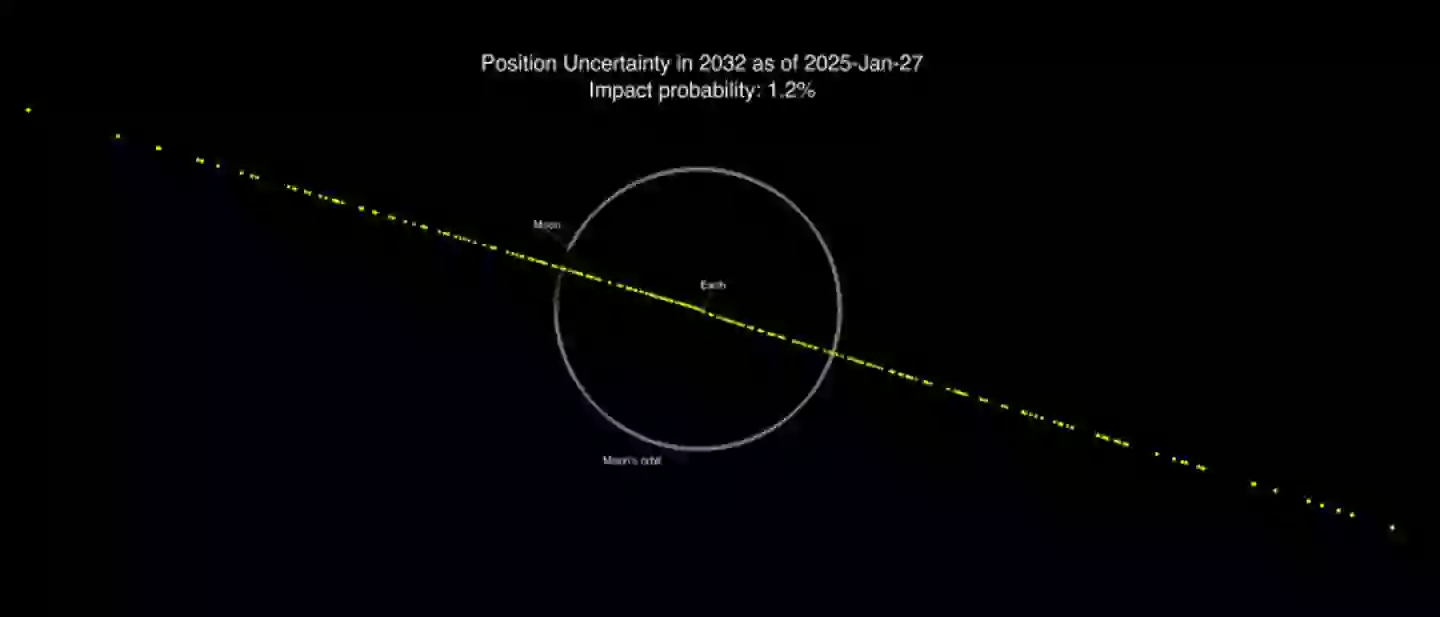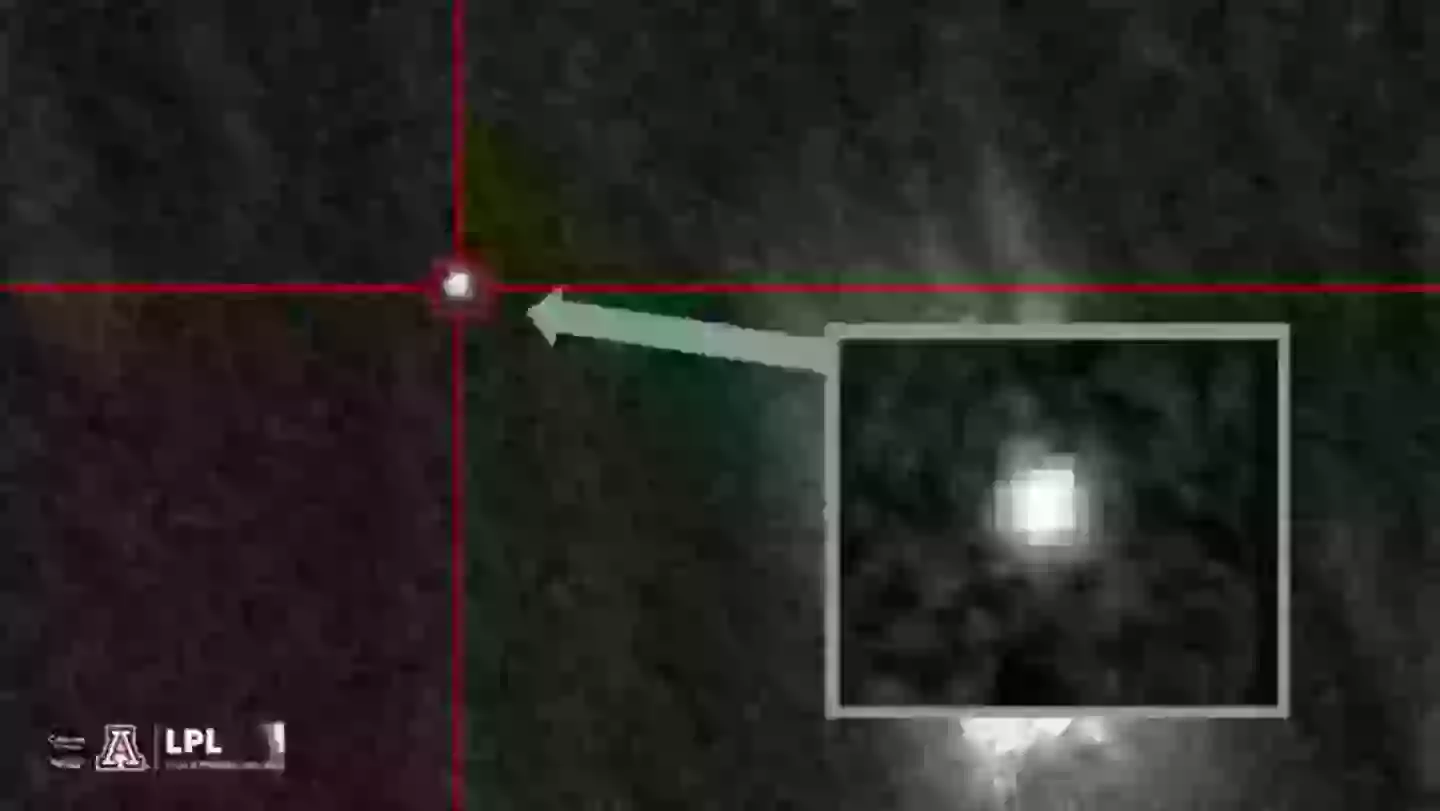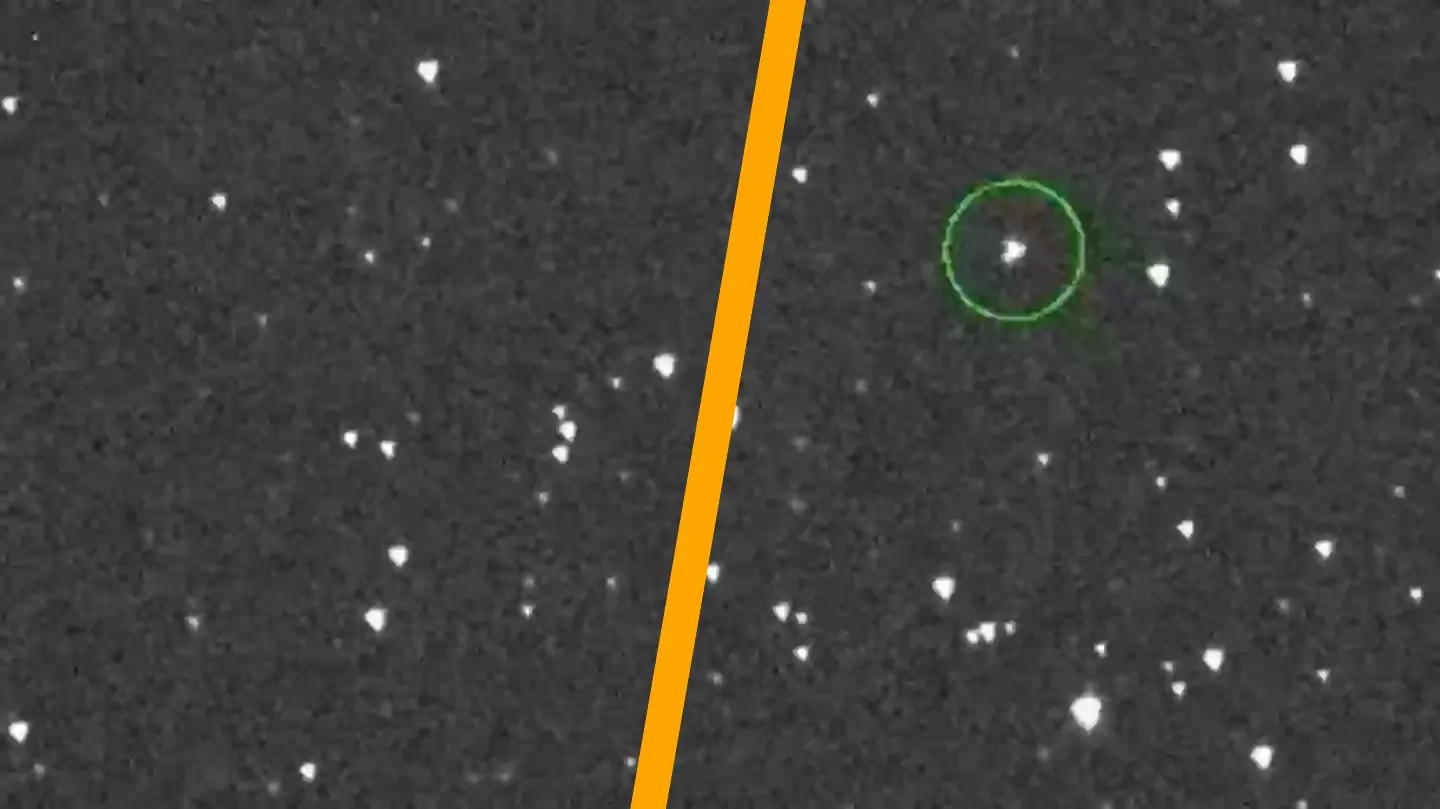If you haven’t been keeping up, NASA has been issuing warnings about a massive space rock potentially on a collision course with Earth, putting approximately 110 million lives at risk.
Last December, NASA detected an asteroid, designated 2024 YR4, orbiting tens of thousands of miles away. Although it’s currently quite distant, it could pose a threat by 2032.
Dubbed a ‘city killer,’ this asteroid is comparable in size to the Statue of Liberty in New York, London’s Big Ben, or Cinderella’s Castle at Walt Disney World in Florida. Should it impact our planet, it could unleash an explosion with the power of 500 atomic bombs.
Officials have alerted eight densely populated cities—Bogotá, Abidjan, Lagos, Khartoum, Mumbai, Kolkata, and Dhaka—about their potential vulnerability to this celestial object.
While some scientists advise staying calm, asserting the likelihood of a collision is low, other astronomers warn that attempts to redirect the asteroid, such as using rockets, might lead to an even greater disaster.
NASA’s assessment of the threat level has been inconsistent.
Initially, experts estimated a 1.2 percent chance of impact, which then increased to 2.3 percent, followed by 2.6 percent, and most alarmingly, 3.1 percent by February 18.
This probability made it the most significant risk posed by any large asteroid in recorded history, surpassing even the ‘God of Chaos’ asteroid discovered in 2004.

However, as of Wednesday night (February 19), there is some good news as NASA has reduced the probability back down to 1.5 percent. A collective sigh of relief can be felt.
A recent blog post mentioned that the US agency observed 2024 YR4 once the skies darkened ‘after a week of limited visibility’ caused by the full moon.
This is due to the fact that asteroids are ‘very faint,’ and moonlight can brighten the sky excessively, making observation difficult.
The latest data from the Jet Propulsion Laboratory in Southern California has allowed NASA to reassess and reduce the asteroid’s impact probability for both Earth and the moon, now at 0.8 percent.
NASA explains that continued observations ‘have further constrained the uncertainty around the asteroid’s trajectory’ and that predictive accuracy ‘improves with every observation.’
Although the possibility of impact remains, it’s reassuring to know there’s a 98.1 percent chance the asteroid will pass by without causing any damage.
NASA Goddard Space Flight Center astronomer Bryce Bolin expressed excitement about the asteroid.

“Not only because of its notoriety but for the scientific potential of studying such a small asteroid in high detail. Only a few asteroids have been studied like this,” he commented.
Meanwhile, Dr. Robin George Andrews, author of “How to Kill an Asteroid: The Real Science of Planetary Defense,” cautions against attempts to alter the asteroid’s trajectory.
“Nobody wants to accidentally ‘disrupt’ an asteroid, because those components can still head for Earth,” he observed. “As I often say, it’s like turning a cannonball into a shotgun spray.”
He further noted: “It may be smaller, or larger. If it’s too big, we may not be able to deflect it with one spacecraft. We’d need several to hit it perfectly, all without catastrophically breaking it.”

